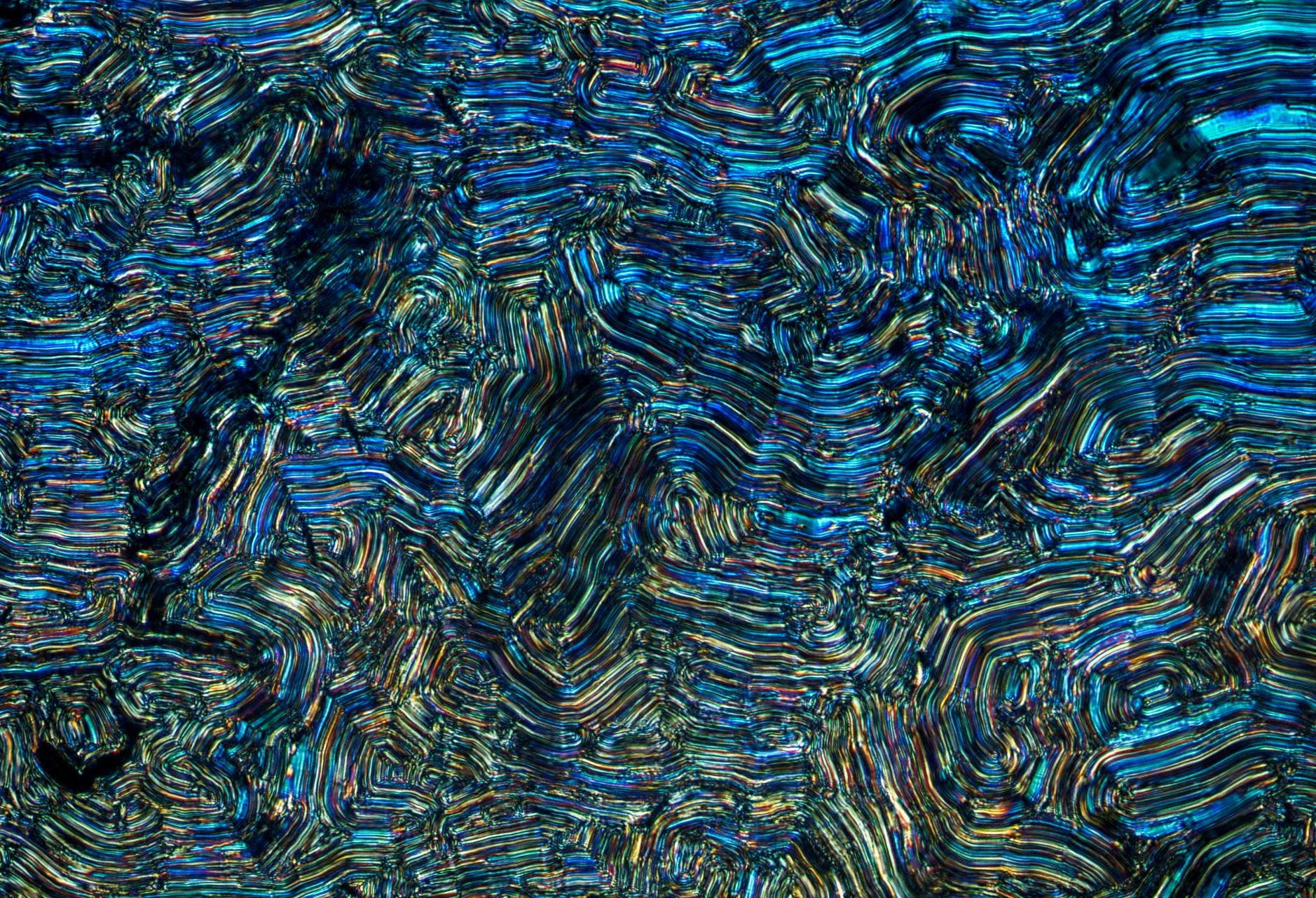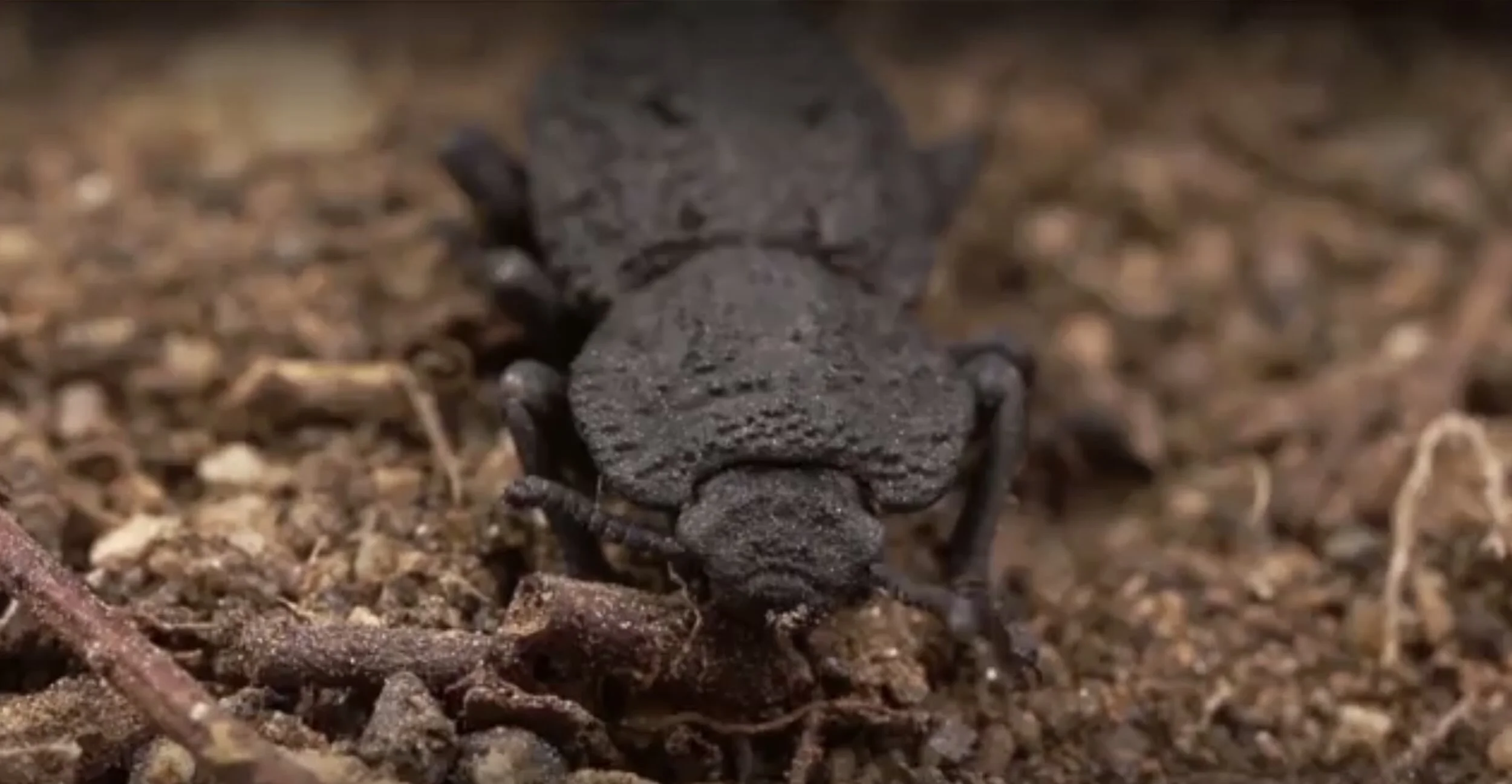Subject: Scientists took the first steps towards creating a new type of micro-fluid devices -Comments and suggestions are welcome! Don't hesitate and leave a comment on our comment section down below the article!
By Universal-Sci
Image Credit: Wojciech Tomczyk via Wikimedia Commons - HDR tune by Universal-Sci
Most of us know about liquid crystals used in screens for smartphones and other electronics. A liquid-crystal display (more commonly known as liquid-crystal display) works by employing liquid crystal material and two polarizing filters, one parallel and one perpendicular. Without the liquid crystal, light rays would pass through unhindered.
By use of an electric field, the liquid crystal can be manipulated to either let light pass trough or block it a per-pixel basis, creating an image. By managing the orientation of the liquid crystals, it is possible to create different colors across the spectrum.
In conventional LCDs, liquid crystals are stationary and uniform, free of defects. But that stillness can be modified by supplementing bacteria to the crystals, creating materials that can act autonomously. Bacteria can swim in these liquid crystals forming so-called defects. Those defects can be used for engineering purposes.
This process can generate interesting visual patterns, but researchers are ultimately trying to control the new material for use in emerging technologies.
A zoom in of a conventional liquid crystal display - Image Credit: Kprateek88 via Wikimedia Commons
Comprehending the pattern formation
'Living liquid crystals' can act on their own. In nature, these types of material are responsible for the motility of cells. Proteins within the cells "walk" along the outside of polymer molecules and exercise a force that produces displacement and motion.
To comprehend how the living liquid crystals become engaged, the researchers combined swimming bacteria with a liquid crystal in two arrangements: one near the bottom surface of a drop suspended from a needle connected to a glass slide, and one in a thin, freestanding film.
The bacteria and liquid crystal were originally aligned through the use of a magnetic field. However, the bacteria became active and moved on their own after turning this field off. Resulting in what the researchers called "bend instabilities."
Through these experiments and by the use of computer simulations, the scientists determined how these instabilities form through strain and geometry. They have now developed a method to generate and position the bend instabilities.
The target is to eventually create a new type of micro fluid device that transports fluids autonomously without pumps or pressure. The discovery is expected to be usable in exciting future technologies.
If you’re interested and in the need for more details about the study you can read it here: Emergence of Radial Tree of Bend Stripes in Active Nematics
Sources and further reading: Emergence of Radial Tree of Bend Stripes in Active Nematics / University of Chicago news release / Liquid-crystal display
If you enjoy our selection of content please consider following Universal-Sci on social media:

















